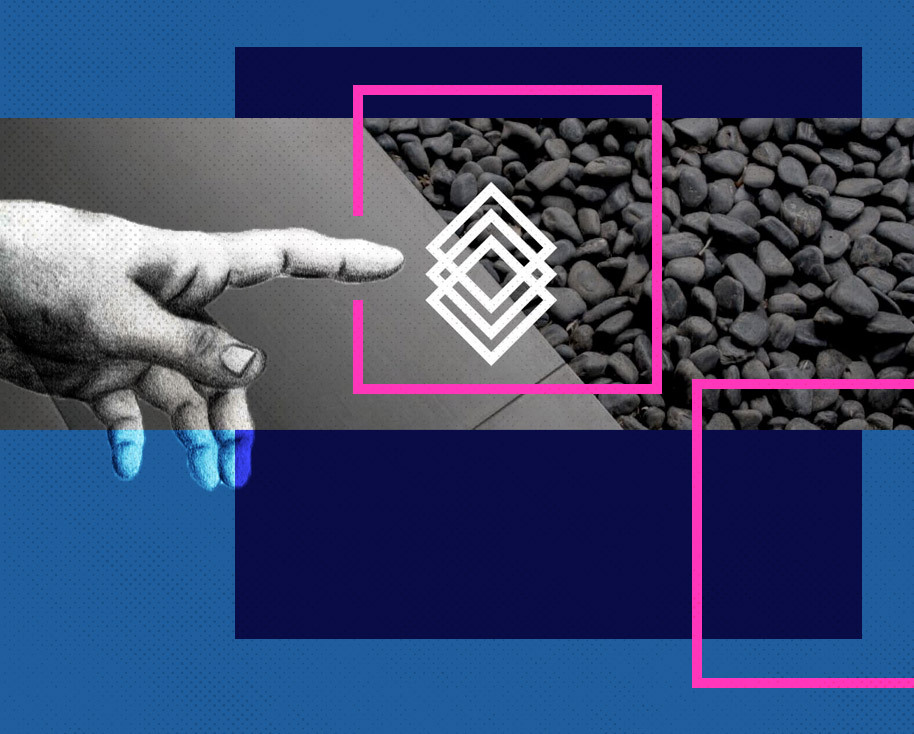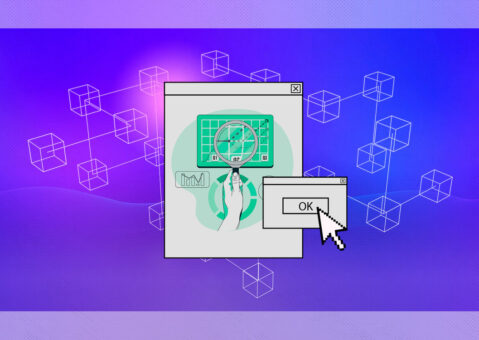Decentralized Autonomous Organizations (DAOs) are a new form of collective governance in which communities can organize themselves by relying on decentralized applications in the blockchain. Typically, DAOs provide governance mechanisms for democratic decision-making in communities, typically voting on proposals made by DAO members. Holographic Consensus is one of those mechanisms used by the DAOs of the DAOstack platform. As a DAO grows the number of proposals DAO members have to vote on typically increases and Holographic Consensus is designed to help communities to focus their attention, that is their voting capacity, on the proposals that are relevant to them.
The study A Scalable Voting System: Validation of Holographic Consensus in DAOstack conducted by Youssef Faqir-Rhazoui, Javier Arroyo, and Samer Hassan looked at the activities of 22 DAO communities accounting for 6,000 members, in order to determine whether Holographic Consensus effectively facilitates scalable decision-making.
Scalability and resilience in DAO governance
According to Matan Field, the co-founder of DAOstack, the most prominent DAO governance issue is the tension between scalability (ability of a governance system to make a large number of decisions over a period of time as more users participate) and resilience (a governance system’s tolerance of faulty behavior). When a community grows, voters must pay more attention to a higher number of decisions in a shorter period of time. Whenever a community reaches a certain size, it makes less sense to require an absolute majority result (involving more than 50% of the members) for a decision to be made. On the other hand, a relative majority could mean that decisions can be hijacked by a small minority if there are many proposals at a given time.
Therefore, tension exists between resilience and scalability. Holographic Consensus is the voting mechanism that DAOstack uses to solve this tension.
Holographic consensus in DAOstack
Holographic Consensus allows scalability without harming resilience. Proposals must be passed with an absolute majority, and a relative majority only applies if certain conditions are met. The process that turns an absolute majority into a relative one is called “boosting”.
People can bet their tokens to try to predict whether a proposal will be accepted or rejected by the DAO. They can do that until the boosting threshold is met or the boosting period ends. If the proposal reaches the threshold, it is boosted, which means that it only requires a relative majority to be approved. The people who bet either lose or earn tokens depending on whether their bets match the vote result. Thus, they act as a prediction market.

DAOstack in numbers
The study was carried out in April 2019. At that time, there were 22 DAOstack DAOs deployed on Ethereum’s main network (mainnet). There were 6,083 users across all DAOs on the platform, each of which with a unique Ethereum address. However, addresses can be used in multiple DAOs. Accordingly, DAOstack had 5,952 unique users at that time, which means about 2% of addresses were shared across multiple DAOs.
Community size
The distribution of community size shows that most DAOs have few users, whereas the vast bulk of users is concentrated in a few large DAOs, as happens in other online communities. One noteworthy fact is that Kyber DAO Exp#2 has 4,946 users.
Activity
The research considers new proposal registration, voting, and staking as activity indicators. DAOstack had seen 7,719 actions since its beginnings until the time of the study: registering proposals which amounted to 14% (1,085) of all actions performed, voting which was 60% (4,617), and staking at 26%. (2,017). The number of proposals is the lowest, but it is quite high when compared to the number of communities. Surprisingly, the number of stakes is much lower than the number of votes, which could be explained by the fact that staking requires both money and time to consider a proposal. Furthermore, staking is a mechanism designed for large DAOs, and half of the DAOs have 21 or fewer members.
Some DAOs are extremely active, while the majority of them have a more moderate activity profile. Again this behavior can also be observed in other online communities such as wikis. There is no clear correlation between the number of users and activity in a DAO because there are a lot of DAOs with little activity, but with a great number of users and some small DAOs that generate lots of activity. All in all, there is some evidence of a positive relationship between users and activity.
Activity over time
A DAO was considered to be ‘alive’ or active in a given month if at least one action took place. According to that definition, the study reveals that only about one-third of the DAOstack DAOs are active each month. The level of activity in DAOs may vary depending on the DAO’s purpose and the size of the community, as some of them may not need to vote on proposals regularly. In terms of the number of active users over time, data indicates that registered activity on DAOstack is maintained by a small number of users (around 8%), again this is also typical in other online communities.
Validation of boosting as a predictor
As mentioned before, staking for boosting a proposal can be seen as a prediction market. The boosting process has two outcomes: either the proposal is boosted (stakers believe DAO members will vote in favor) or it is not. The study’s main goal was to determine whether or not the staking predictions were correct.
The authors divided the population into two groups according to the number of DAO members: a group with DAOs with 23 or less members and a group with DAOs with over 23 members.
Both groups exhibited high precision for boosted proposals in both groups, which means that if a proposal were boosted then it was subsequently accepted by the community in most cases. However, the precision of non-boosted proposals was not as high and was lower in the group of small DAOs, which means that non-boosting does not imply the rejection of a proposal in a small DAO.
According to this result, the boosting and holographic consensus seem to serve their original purpose but mostly for large DAOs.
Conclusion
This study shows that Holographic Consensus seems to facilitate scalable decision-making. Although the study has some limitations, it shows how large online communities can effectively utilize blockchain-based decision-making mechanisms to achieve governance. This may also have further implications for e-voting systems which may use this kind of community-based filtering mechanisms.
AUTHOR

Antonio De La Iglesia
Communication
[icon name=”linkedin” class=”” unprefixed_class=””][icon name=”globe” class=”” unprefixed_class=””]
Authorship is by Antonio De La Iglesia, but this content has been made thanks to the whole P2P Models team ![]()
Design by Elena Martinez
Copy editing by Tabitha Whittall
Samer Hassan and Genoveva López make everything possible






[…] in which the user with more shares has more voting power. Other models use prediction markets (like Holographic Consensus), or one-person-one-vote, or conviction voting, or allow users to delegate their voting power, or […]
Comments are closed.